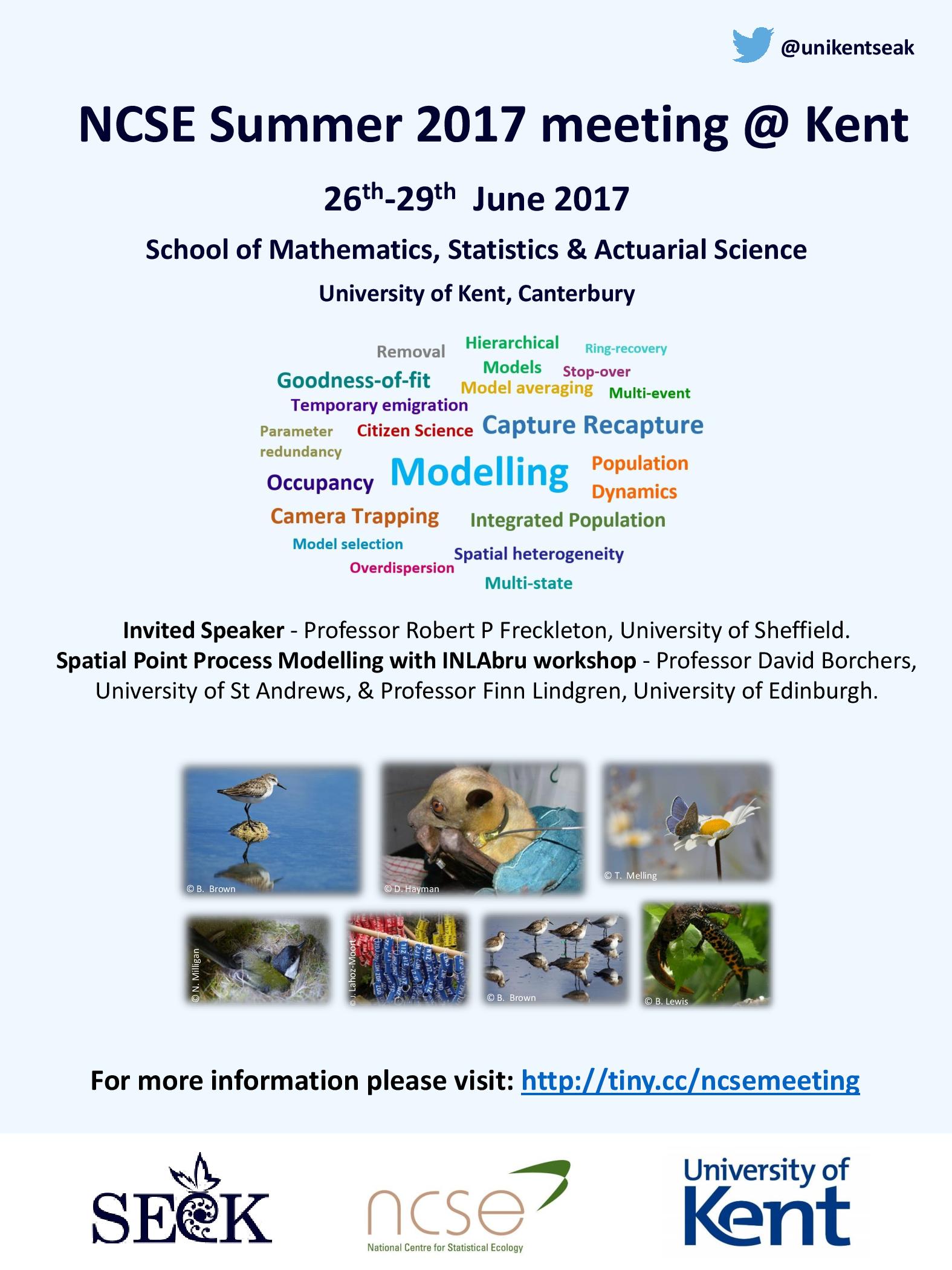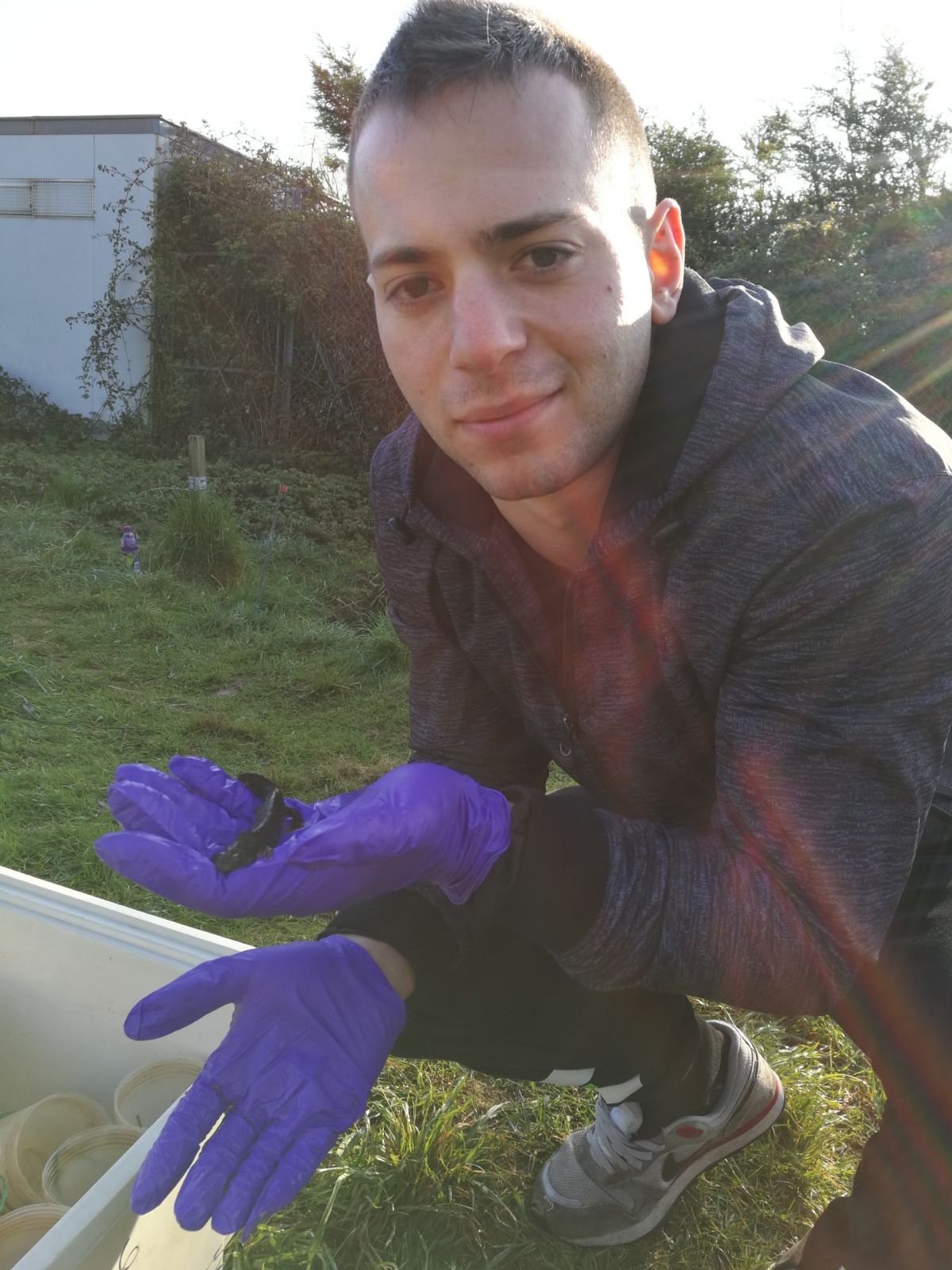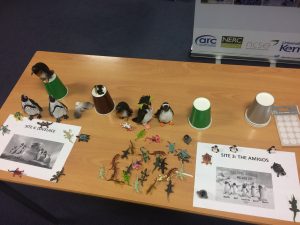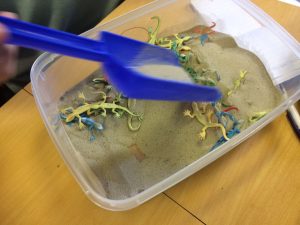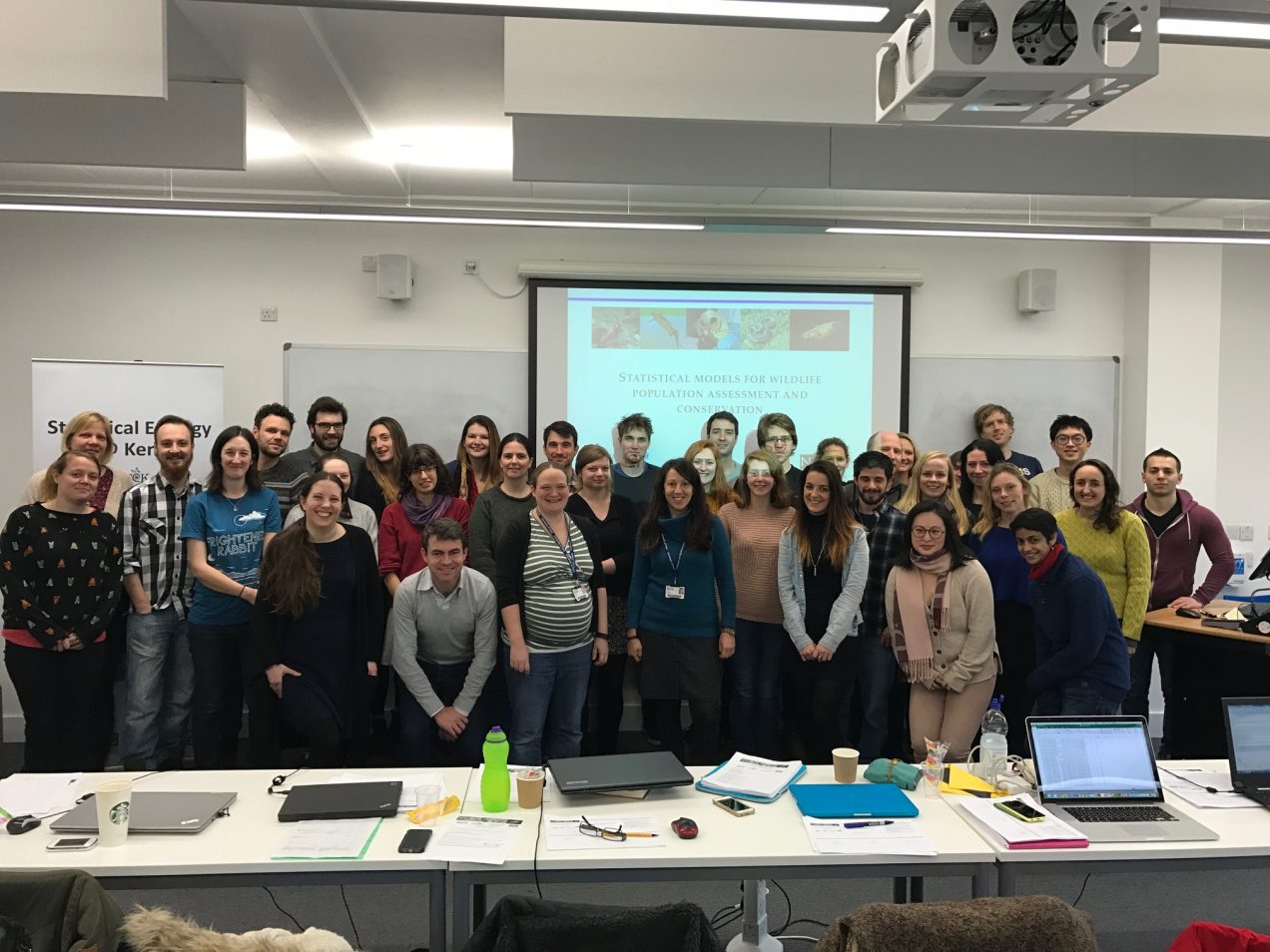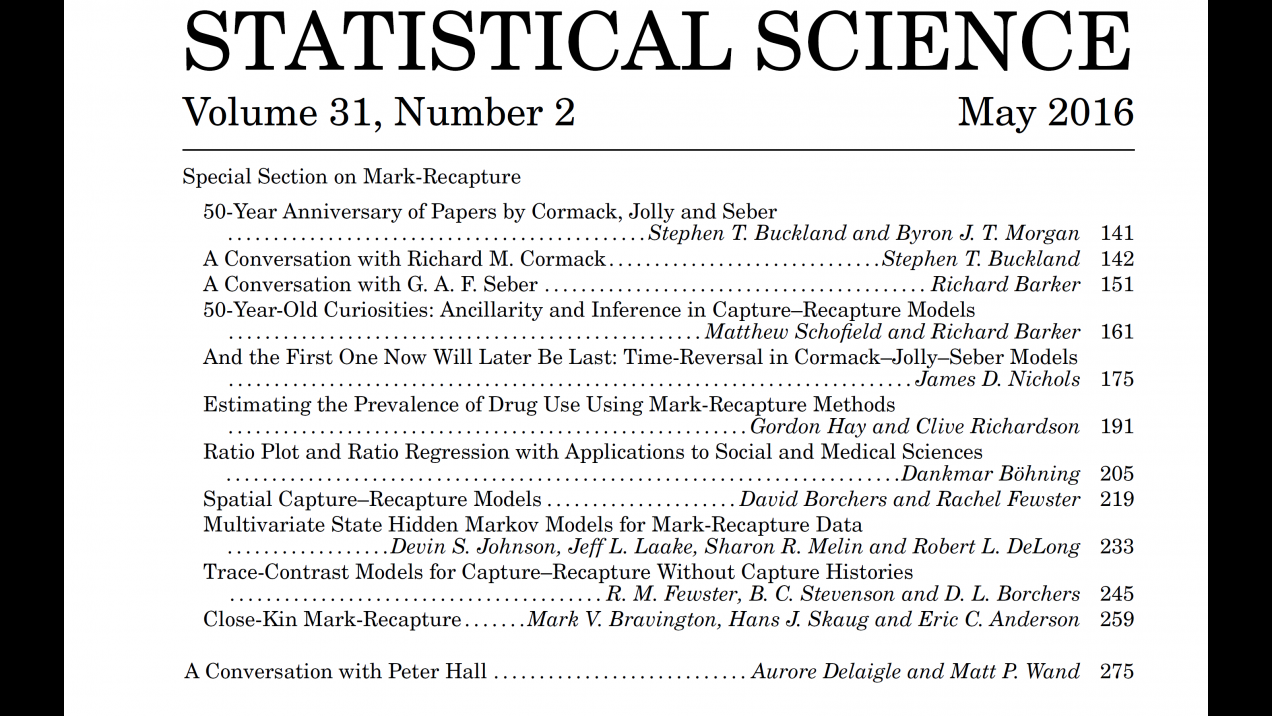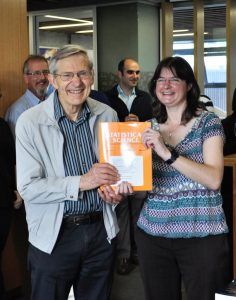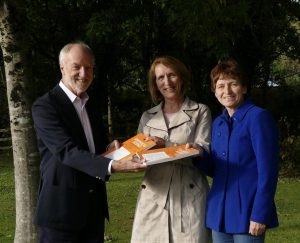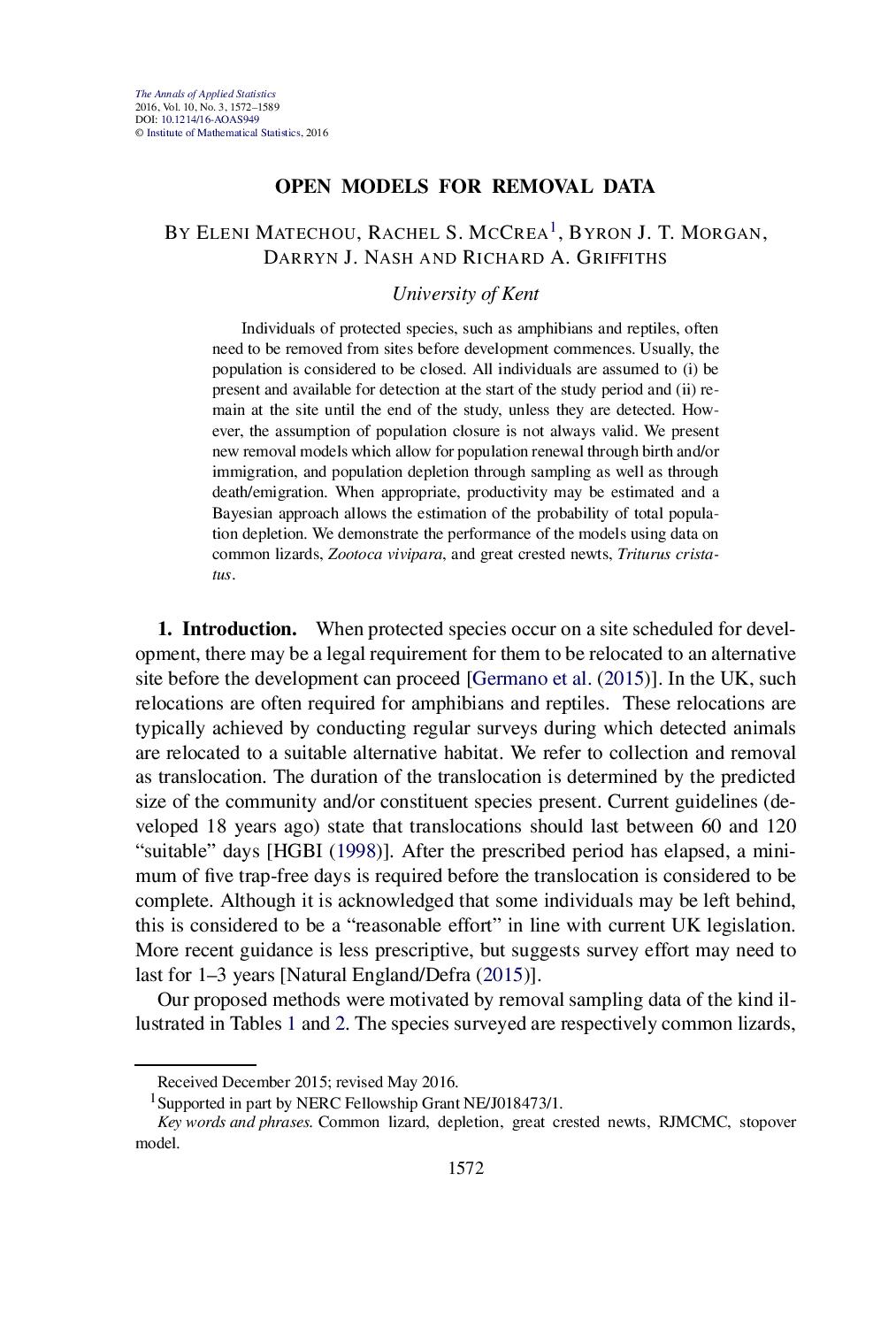The Statistical Ecology @ Kent (SE@K) group will host the next NCSE summer meeting, which is returning to the University of Kent after 10 years and will take place in the w/c 26th of June 2017.
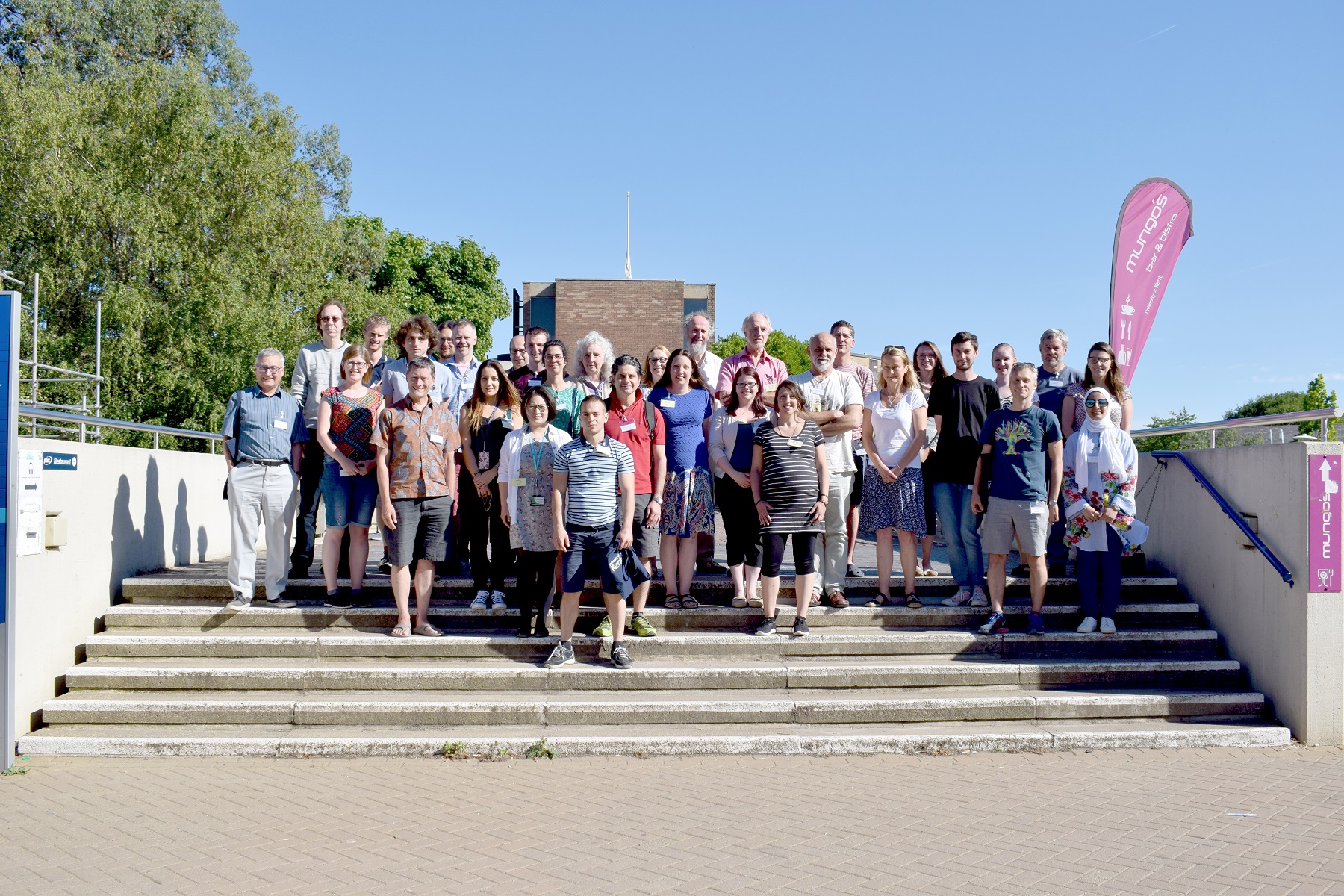
Click for Programme and Abstracts.
The meeting will include an invited talk by Professor Robert P Freckleton, University of Sheffield, and a one-day workshop by Professor David Borchers, University of St Andrews, and Professor Finn Lindgren, University of Edinburgh, on “Spatial Point Process Modelling with INLAbru”.
Meeting Location:
Registration will take place in the foyer of the Grimond building on the University of Kent campus, at 2pm on Monday, 26th June. The talks and workshop will take place in Grimond Lecture Theatre 2 (GLT2). The location indicated can be found on the University map at https://www.kent.ac.uk/maps/canterbury/canterbury-campus/building/grimond-building/glt2
Drinks Reception:
There will be a drinks reception on Monday at 5.20pm in Grimond Foyer.
Meeting dinner:
The meeting dinner will take place on Tuesday at 7pm. It will be free for NCSE members, excluding drinks and take place in a private room in Café du Soleil in Canterbury; see www.cafedusoleil.co.uk
Workshop:
On Thursday there will be a workshop on Spatial Point Process Modelling with INLAbru by David Borchers and Finn Lindgren. Participants in the workshop will need to bring their own laptop and install the packages listed in: workshop preparation
Travel to Canterbury:
A campus map and travel instructions can be found at https://www.kent.ac.uk/maps/canterbury
Accommodation:
There are various possibilities, including Air B&B. The University campus is on a hill outside Canterbury. There are buses regularly connecting the campus to the city, and the walk takes less than 30 minutes each way. General information is to be found at: www.canterbury.co.uk
– We should be able to make a block booking in student accommodation on campus; this is probably going to be an economic option. In order to do this we will need to know how many people would be interested. If you are interested then let us know by the 7 April deadline.
– A B&B at the entrance to the campus is the City of Canterbury: www.thecityofcanterbury.co.uk/
Outing:
Tuesday afternoon will be free for an outing.
The first railway in the world to issue season tickets ran from Canterbury to Whitstable, opening in 1830. We propose a walk along the line of this historic railway (the Crab and Winkle line) for those who may be interested. From the campus the 6-mile walk to Whitstable passes through woods and countryside. At Whitstable it would be possible to take refreshment at local pubs around the harbour, and possibly sample Whitstable oysters. If walking back is unattractive then there are regular buses.
The walk will leave Grimond Foyer at 12.30 and go via the campus shop to buy yourself a packed lunch.
There is no shortage of alternative activities for individuals. Canterbury contains a UNESCO World Heritage site, comprising the Cathedral, St Augustine’s Abbey and St. Martin’s church. See http://www.canterbury.co.uk/things-to-see-and-do. In addition there are possibilities of visiting Faversham, home to Shepherd Neame brewery, Britain’s oldest brewer, and Dover and Leeds castles.
Bird watching is possible at various local sites, including at Stodmarsh Natural Nature Reserve, which we visited when the last NCSE summer meeting was held in Canterbury. This is home to Bearded reedlings, Marsh harriers, Cetti’s warblers, Bitten and many more. The reserve is 20 minutes drive from the campus. Blean woods is walking distance from the campus, and is one of just a few sites in the UK where there is a chance of seeing the rare Heath Fritillary butterfly, weather permitting.
